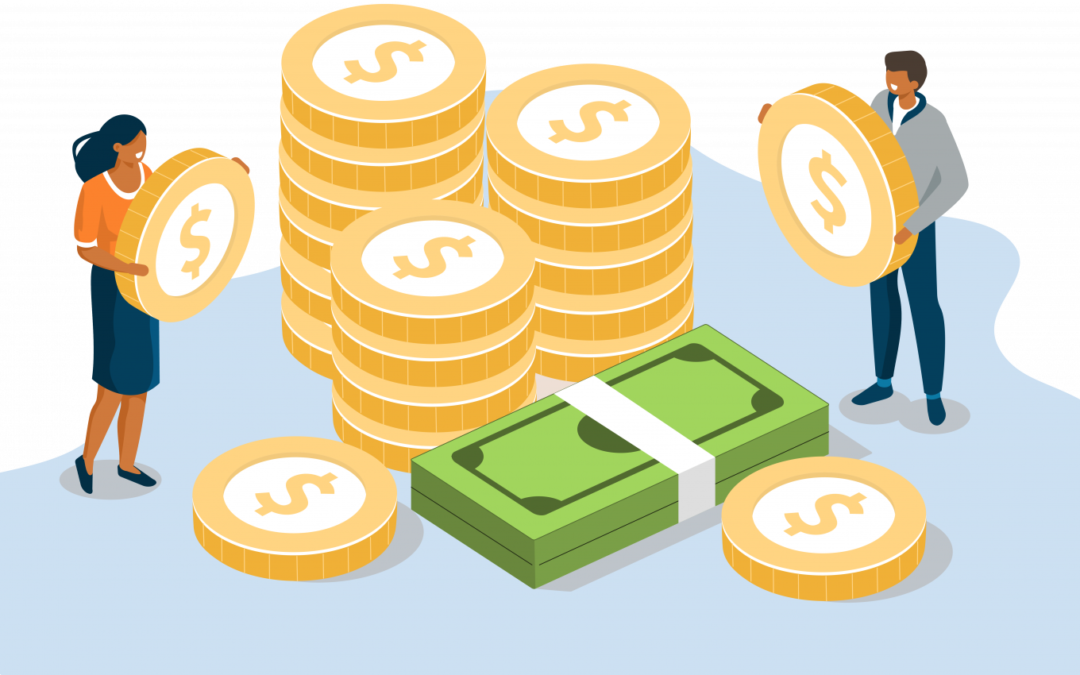What Is a High-Yield Savings Account?
High-yield savings accounts help you to earn significantly more interest on your savings than conventional savings accounts do. High-yield savings accounts offer easy liquidity and are particularly advantageous during periods of low interest rates, but they may limit the number of transactions you can make each month and a slow fund transfer process.
These accounts’ interest rates are indicated as APYs or annual percentage yields. Your money grows more quickly in a savings account whose APY is higher than average.
But it’s crucial to remember that the APY that savings accounts initially offer is subject to change at any time. These rates are erratic and frequently increase or decrease in response to Federal Reserve’s reference interest rate changes.
High-yield savings accounts can offer interest rates 20–25 times higher than traditional savings accounts. Although you might be able to open a high-yield savings account at the bank where you already have an account, online banks frequently offer the best rates.
Even if your checking and high-yield savings accounts are held at different banks, electronic transfers between them are simple to set up.
Consider factors like initial deposit requirements, interest rates, minimum balance requirements, and any potential account fees as you compare various high-yield savings account options.
How high-yield savings accounts work
Compound interest allows your savings in a high-yield savings account to grow quickly.
Compound interest, as opposed to simple interest, means that you earn interest on both your principal balance and the interest it earns. Simple interest is calculated solely on your principal, or the balance in your savings account is less interest.
The savings account determines the frequency with which your interest is compounded. Some compound daily, while others compound every month. The greater the compounding of interest, the greater the results.
With a high-yield savings account, you can transfer or withdraw funds (including electronic transfers, checks, and wire transfers) up to six times per month without incurring a penalty fee or risking the closure of your account.
Traditional Savings Account vs. High-Yield Savings Account
Traditional savings accounts offer a lower annual percentage yield (APY) than high-yield savings accounts. How much of a difference can a higher APY on savings make? Here’s an illustration.
Assume you want to open a savings account with $1,000 and save an extra $100 monthly. Bank A offers a traditional savings account with a yield of 0.07%, while Bank B offers a high-yield savings account with a yield of 0.50%.
Bank A would pay you $1.16 in interest on your initial deposit and monthly contributions over a year. You would receive $8.27 from Bank B.
Although these are still small earnings, they demonstrate the stark difference between high-interest and traditional savings accounts.
High-Yield Savings Account Uses
Saving Extra Money
If your checking account is getting overflowing, you can put that money to work by transferring it to a high-yield savings account at the end of the month. In this manner, with little additional work, your extra income generates additional interest.
Emergency Fund
An essential component of a personal finance plan is having an emergency fund. Many experts suggest that the fund should consist of a cash reserve that you can draw from in the event of a financial emergency, such as becoming unemployed, totaling three to six months of your income. The money will earn more interest than a conventional account if kept in a high-yield savings account while still accessible.
Putting Money Towards a Big Purchase
A high-yield savings account can help with extra funds for long-term objectives like saving for a house or car. Generally, if you save for purchase within the next five years, you will get the most for your money.
With principal protection, the security of federal insurance, and a yield higher than a regular savings account but lower than you could earn from riskier investments, a high-yield savings account can be a helpful middle ground for your money.
Consider how one or more high-yield accounts can best support your financial objectives and situation. Then, research to find an account that will maximize your earnings while enabling you to avoid fees and placing unneeded restrictions.


Recent Comments